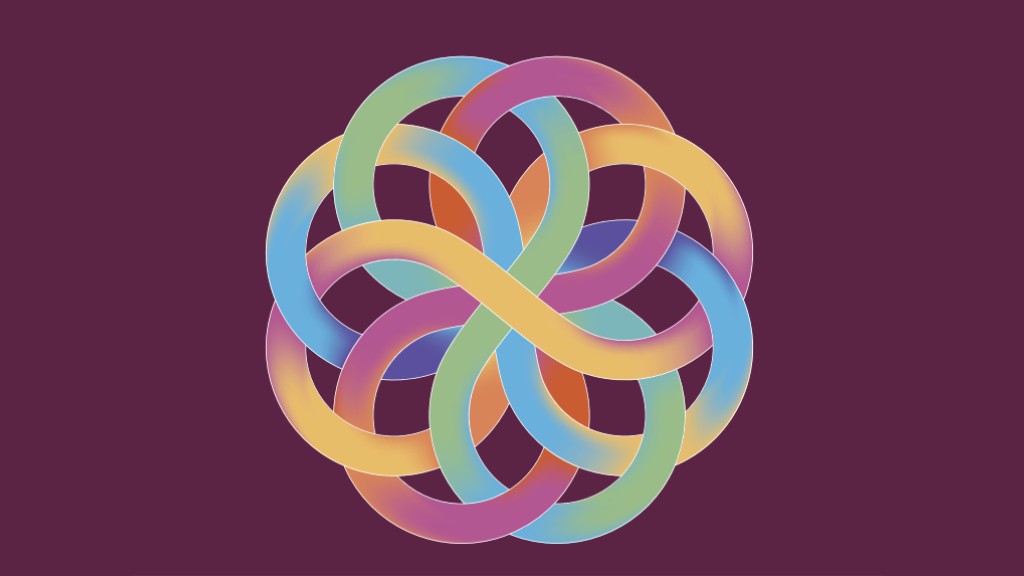
This video is funded by the National Disability Agency.
[Music]
Hi everybody, I’m Michelle Swan. I’m an Autistic advocate, trainer and mentor I do some writing and content development. I’m in Australia and you can find me online at hellomichelleswan.com or on social media as Hello Michelle Swan. I’m here today to talk to you about my favourite stims.
Everybody stims, right, we all have different combinations of things we do for sensory regulation and sensory processing. Some of us are sensory defensive, some of us are quite sensory seeking. I’m a bit of a mixture of both. In a lot of my body I’m quite sensory defensive, but in my hands I’m very sensory seeking. I enjoy fidgeting with things a lot and I have different fidget aids that I use. Sometimes I play with things that I’ve found in nature when I’ve been out walking, things that have good textures to them, mixes of rough and smooth. I really like the feeling of wood in my hands. This is my favourite stim aid toy. He’s a wooden robot that’s called a cube bot. He folds down into a cube, but he’s also this cute little guy. I like these so much that I sell them they’re quite popular with clients as well and kind of stretchy, feel really good.
When I don’t have a fidget aid available I will default to playing with my fingers. I tap out patterns or I will flick my fingers there’s different pressure on the flick than the tap. Sometimes I count patterns in my head as I go. Um but you know toys are good. This is something I can do subtly in my lap if I need to be subtle about my stimming, but my all-time favourite stim isn’t these. It’s when my guy notices that my fingers are going and he’ll offer me his hand or his forearm and I really like that because it means the the feeling changes. I’m not getting the input through two hands at once, I’m getting input from one hand and it’s, it’s comforting. I think the thing that I like most about it though, is that it’s about connection. When he offers me his hand or his arm when he can see that I’m struggling, he’s connecting with me and he’s offering me support in that moment and acknowledgement that we do better when we’ve got somebody standing beside us. He’s telling me that he values me and he sees that the way I’m feeling is okay and that he wants to help. That’s really nice. We all do well with connection. I think humans aren’t meant for alone, we’re meant for togetherness and at the moment a lot of us are more alone than usual – we’re in isolation or we’re practicing social distancing and that’s quite difficult.
A lot of Autistic people, adults and children, really benefit from connection when we’re stressed and stims that build those points of connection are valuable in our lives. Things are difficult at the moment and we don’t all have access to our usual supports and our preferred ways of regulating, so it’s really important if you’re supporting an Autistic person and to recognize for yourself as an Autistic person, that making plenty of time for regulation and calming and for seeking points of connection with other people is really important.

The Reframing Autism team would like to acknowledge the Traditional Owners of the lands on which we have the privilege to learn, work, and grow. Whilst we gather on many different parts of this Country, the RA team walk on the land of the Awabakal, Birpai, Whadjak, and Wiradjuri peoples.
We are committed to honouring the rich culture of the Aboriginal and Torres Strait Islander peoples of this Country, and the diversity and learning opportunities with which they provide us. We extend our gratitude and respect to all Aboriginal and Torres Strait Islander peoples, and to all Elders past and present, for their wisdom, their resilience, and for helping this Country to heal.